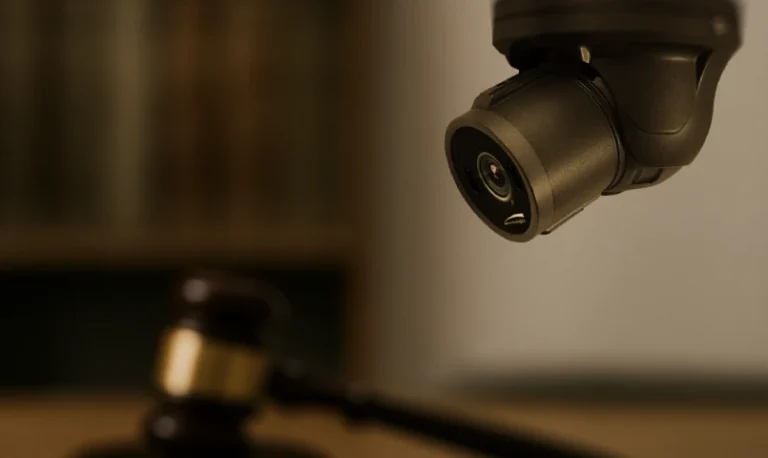
Downing v. City of Hayward: Timing of Sub Rosa Surveillance Evidence Production in California Workers’ Compensation Proceedings
Background
In workers’ compensation cases, defendants often obtain “sub rosa” surveillance—video or photographic evidence of an injured worker’s activities—to challenge the claimant’s credibility or the extent of disability. Disputes routinely arise over when such evidence must be disclosed and produced to the applicant and their counsel, particularly before the claimant’s deposition.
Case Overview
Case Citation: Downing v. City of Hayward, 16 CWCR 76 (Panel Decision 1988). Facts: The applicant’s
counsel objected to taking his client’s deposition on the ground that the defense possessed surveillance films of the applicant’s post-injury activities and had neither disclosed their existence nor produced them for review. Procedural Posture: After the Workers’ Compensation Judge overruled the deposition objection, the matter proceeded to the WCAB on a petition for removal.
Legal Issue
Whether a defendant in a California workers’ compensation proceeding is required to (a) disclose the existence of sub rosa surveillance films and (b) produce such films prior to conducting the applicant’s deposition.
Holding
The WCAB panel in Downing ruled that a defendant is: 1. Not required to disclose the existence of sub rosa surveillance evidence before the applicant’s deposition; and 2. Not required to produce such surveillance evidence prior to the deposition.
Rationale
The panel emphasized that the core purpose of post-injury surveillance is to test the applicant’s credibility by comparing observed activities against deposition testimony or statements made to medical evaluators. Disclosure after deposition preserves this impeachment function. Extending
production obligations would undermine the value of surveillance and open the door to withholding any discoverable evidence until after depositions, contrary to efficient Board procedures.
Implications for Workers’ Compensation Professionals
For Defendants & Defense Counsel: – You may delay disclosure and production of sub rosa surveillance video until after taking the applicant’s deposition. – You are not obligated to inform counsel whether such surveillance exists. – Plan deposition strategy with the confidence that surveillance can still serve its impeachment purpose. For Applicants & Applicant Counsel: – Anticipate that the defense may withhold surveillance until after your client’s deposition. – Consider requesting a protective order or an agreement to review surveillance before or during deposition if substantive fairness requires it. – Be prepared to address credibility issues directly, knowing surveillance may surface in subsequent testimony or motions.
Subsequent Developments
While Downing remains the leading rule for post-injury surveillance, the WCAB has clarified disclosure obligations for other categories of video evidence: In Gonzales v. ADP TotalSource Group (2024) Cal. Wrk. Comp. P.D. LEXIS 415, the Board held that video of the injury incident itself must be produced prior to the applicant’s deposition when reasonably requested and especially if the applicant has already viewed the footage once.
Best Practices & Recommendations
Draft clear discovery demands that specify all categories of video evidence (post-injury surveillance, incident footage, security cameras, etc.) and seek production before depositions. – Negotiate deposition protocols in advance: consider stipulations or protective orders for viewing surveillance at the deposition site. – Monitor legislative and regulatory changes (e.g., amendments to Labor Code § 5909 or WCAB rules) that may impact evidence-production deadlines. – Train claims examiners and attorneys on the distinctions between sub rosa evidence and incident footage to avoid inadvertent
waiver or untimely disclosure. – Document any viewing of footage by the applicant (even pre-retention),
as it may compel production under Gonzales if the defense has already shown the video.
Conclusion
Downing v. City of Hayward established a clear boundary: sub rosa surveillance need not be disclosed or produced until after the claimant’s deposition, safeguarding its impeachment function. However, workers’ compensation professionals must stay apprised of nuanced exceptions—particularly video of the injury event itself—and tailor their discovery and deposition strategies accordingly to ensure both compliance and advocacy effectiveness.

